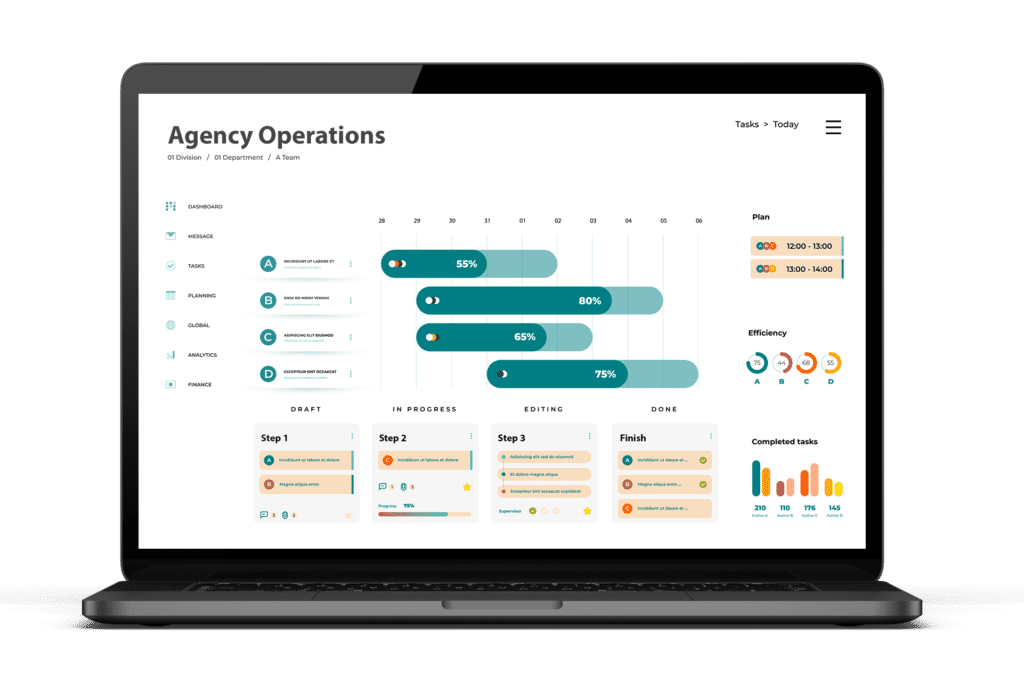A government institution responsible for managing national insurance and social benefits.



A government institution responsible for managing national insurance and social benefits.
The institution decided to modernize some of its systems, so they could operate more efficiently in the digital age. Their processes, related to standard benefits, social assistance payments, programs, and initiatives, were largely based on manual work and legacy software. With a large scale of operations, this posed obstacles to efficient workflow management. As a result, timely request processing or benefit payments were difficult.
The client sought solutions that would automate processes, improve system performance, and enhance collaboration between different stakeholders, leading to improved service delivery and operational efficiency.
As the project was a large-scale endeavor, we worked as part of a multidisciplinary team composed of full-stack programmers skilled in Java and Angular, business-system analysts, and testers. Using a wide range of technologies, such as Java, Spring, Spring Boot, Angular, Selenium, REST API, UML, EA, REST, SQL, JSON, Docker, Kubernetes, and PostgreSQL, we developed an integrated solution to address institutional requirements. The project had four key components.
This is a comprehensive system to facilitate the circulation of statutory documents and support various applications. It seamlessly integrated with the existing SAP system to provide real-time information on entity accounts, enabling efficient processing of income and enforcement claims.
Business system analysts worked closely with the institution to understand their operational needs, assess software complexity, design test cases and scenarios, conduct functional testing, and develop user and technical documentation. This ensured the solution aligned with the requirements and complied with industry standards.
Full-stack programmers worked on the development of new functionalities while also partially transforming the architecture from a monolith to microservices within a distributed framework. This architectural transition aimed to improve system scalability, performance, and maintainability.
The testing team performed comprehensive manual testing and partially automated the testing process to ensure the reliability and stability of the system. They prepared test reports, developed test scenarios and cases, and worked closely with the development team to effectively address and resolve reported errors.

The transformation process enabled the client to operate faster and more efficiently. Benefit payments, claims processing, and general request resolution saw a remarkable surge in speed and accuracy.
The Electronic Data Exchange Platform emerged as a centralized command center, fostering seamless collaboration between different divisions. This transformative shift marked a monumental leap forward for the institution, propelling it into a new era of operational excellence.